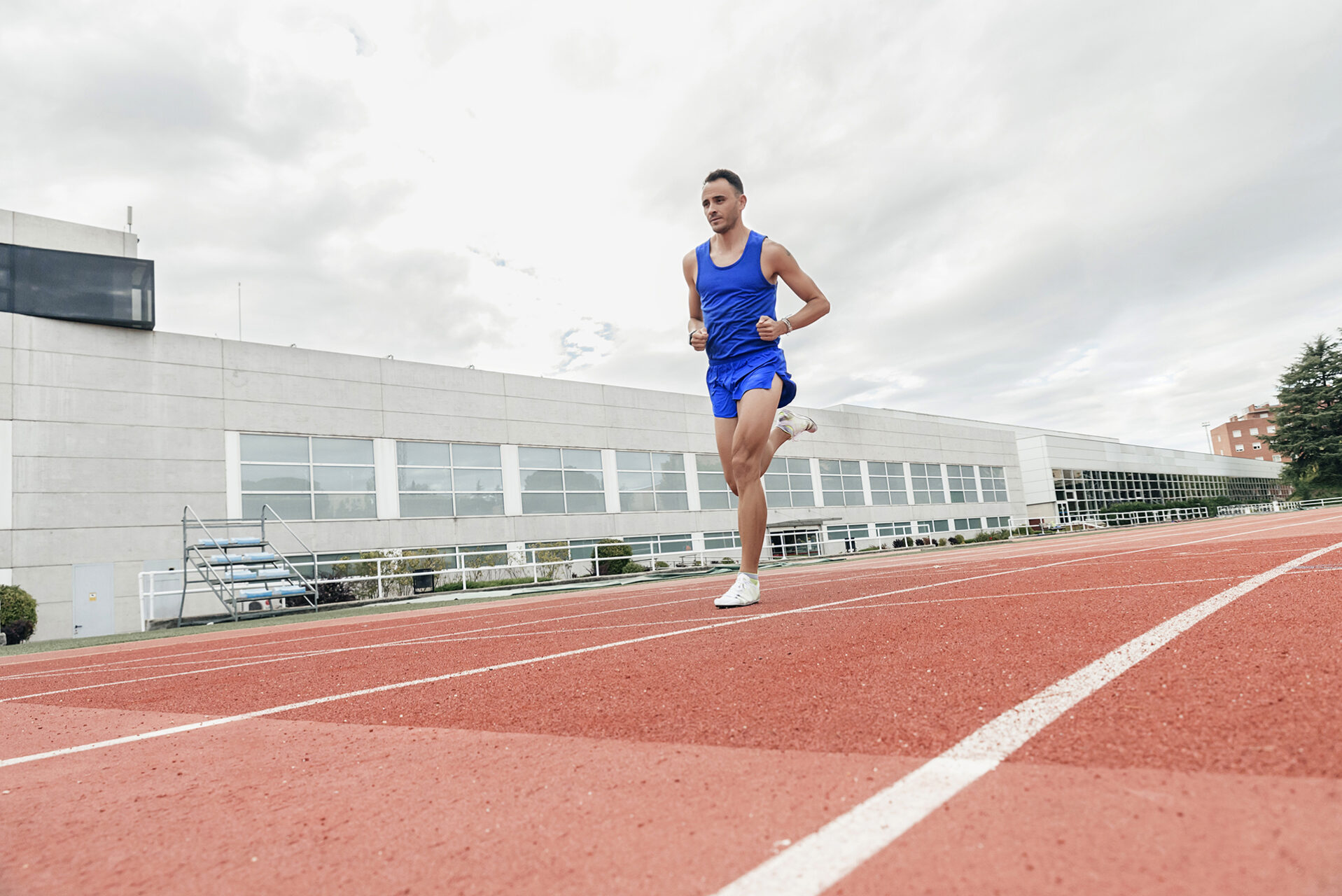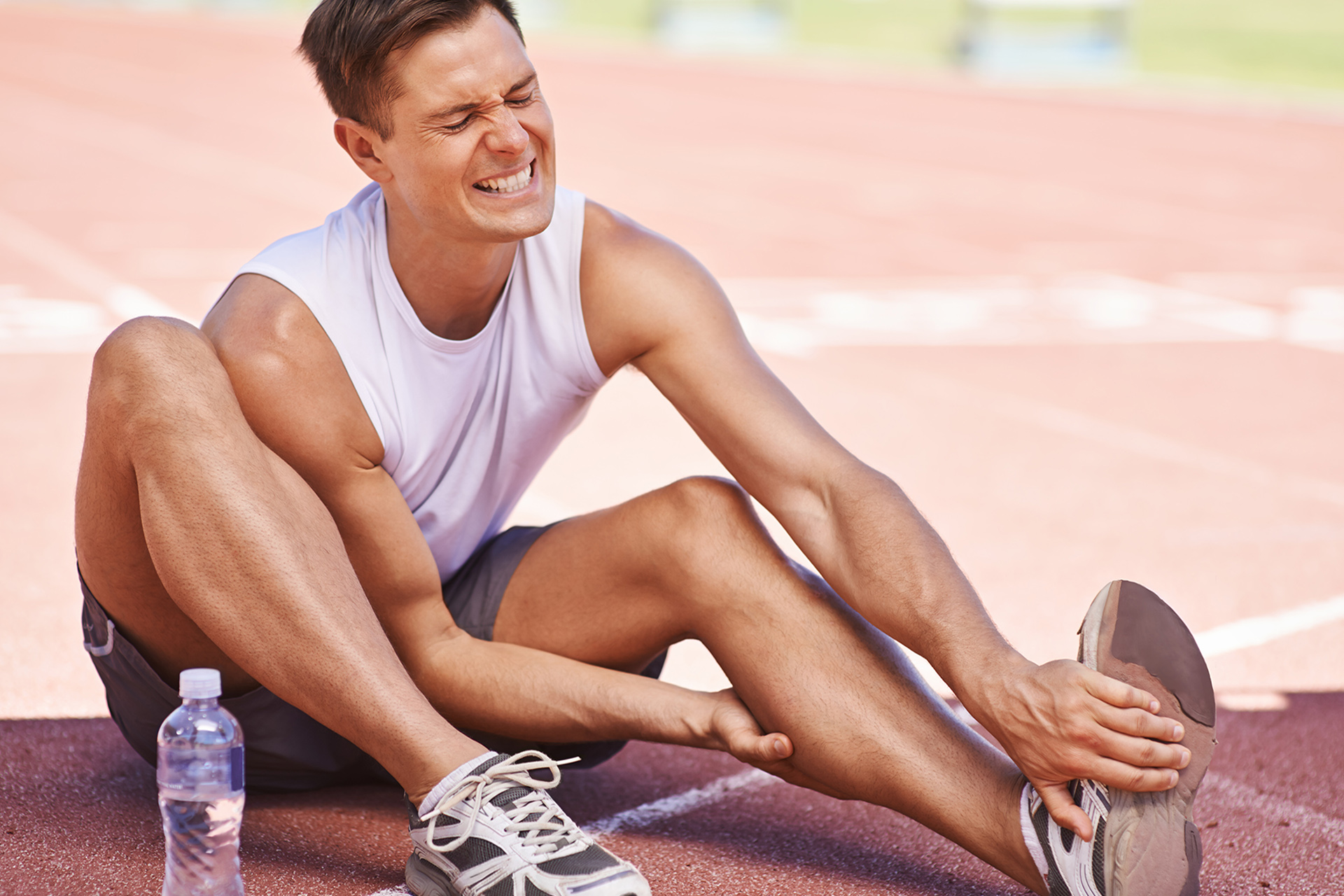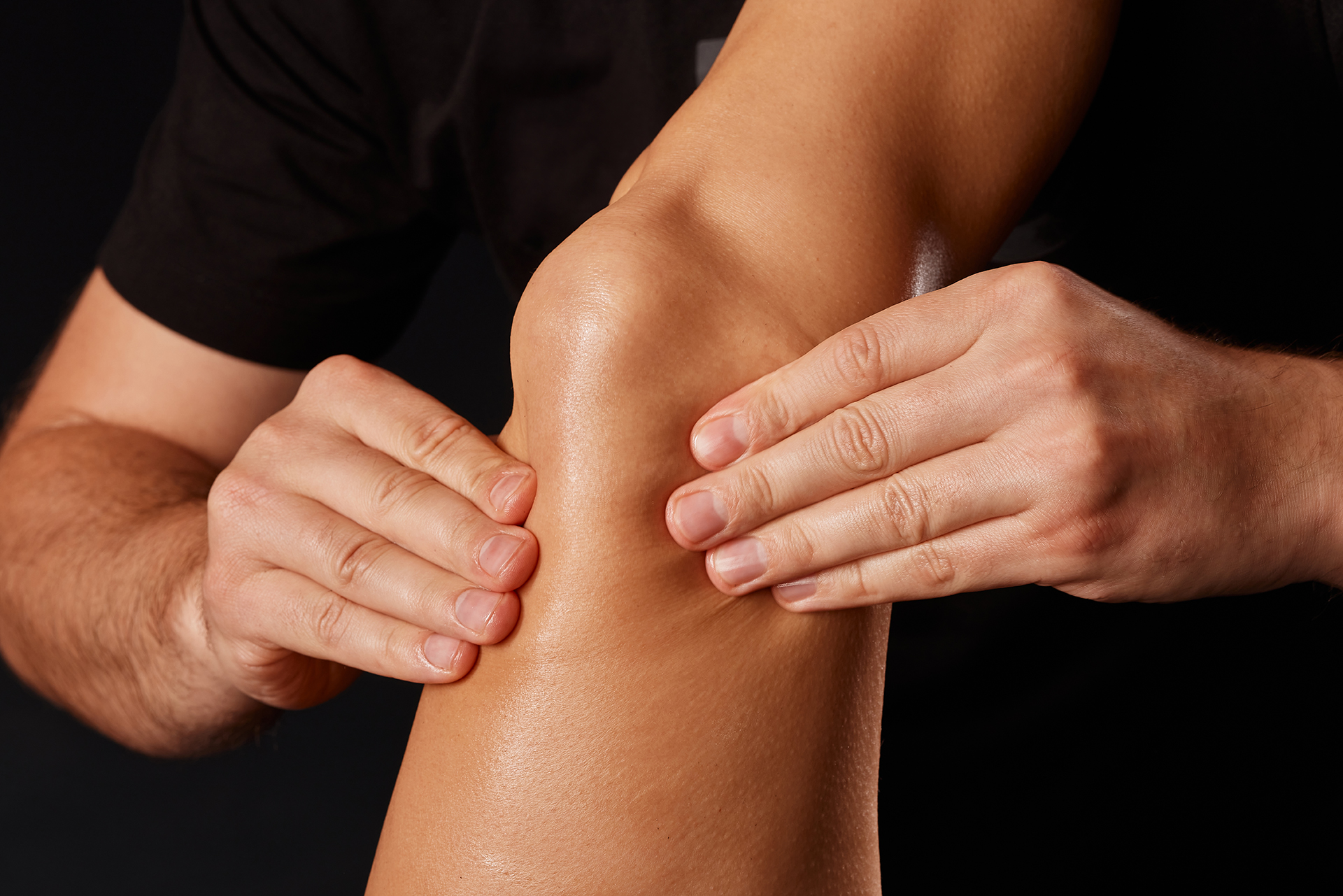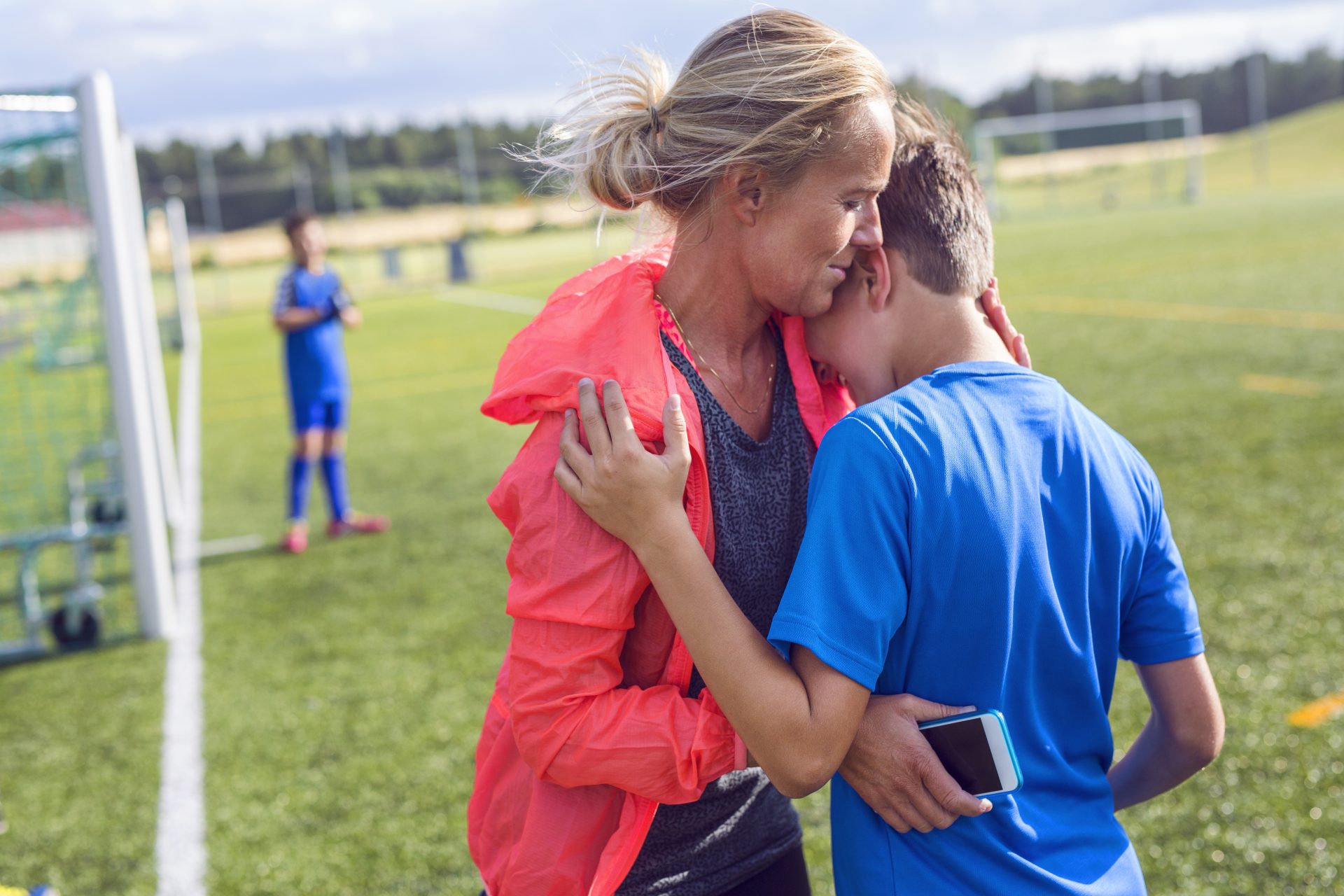It can start subtly with a dull ache along your shin that you can brush off as muscle fatigue. With each subsequent run, that minor discomfort becomes a nagging pain that eventually forces you to stop mid-stride. Tibia pain after running isn’t just an annoyance; it’s a complex condition that affects recreational joggers and elite athletes. It is often the invisible barrier between you and your running goals.
For many runners, pain in the tibia bone after running means more than physical discomfort. It’s a mental setback that disrupts training schedules, dampens motivation, and has you wondering if you’ll ever run pain-free. Whether you’re training for your first 5K or your 15th marathon, tibia bone pain while running can strike without warning, making every step a painful reminder of your body’s limitations. Fortunately, options are available to help you get back on the right track.
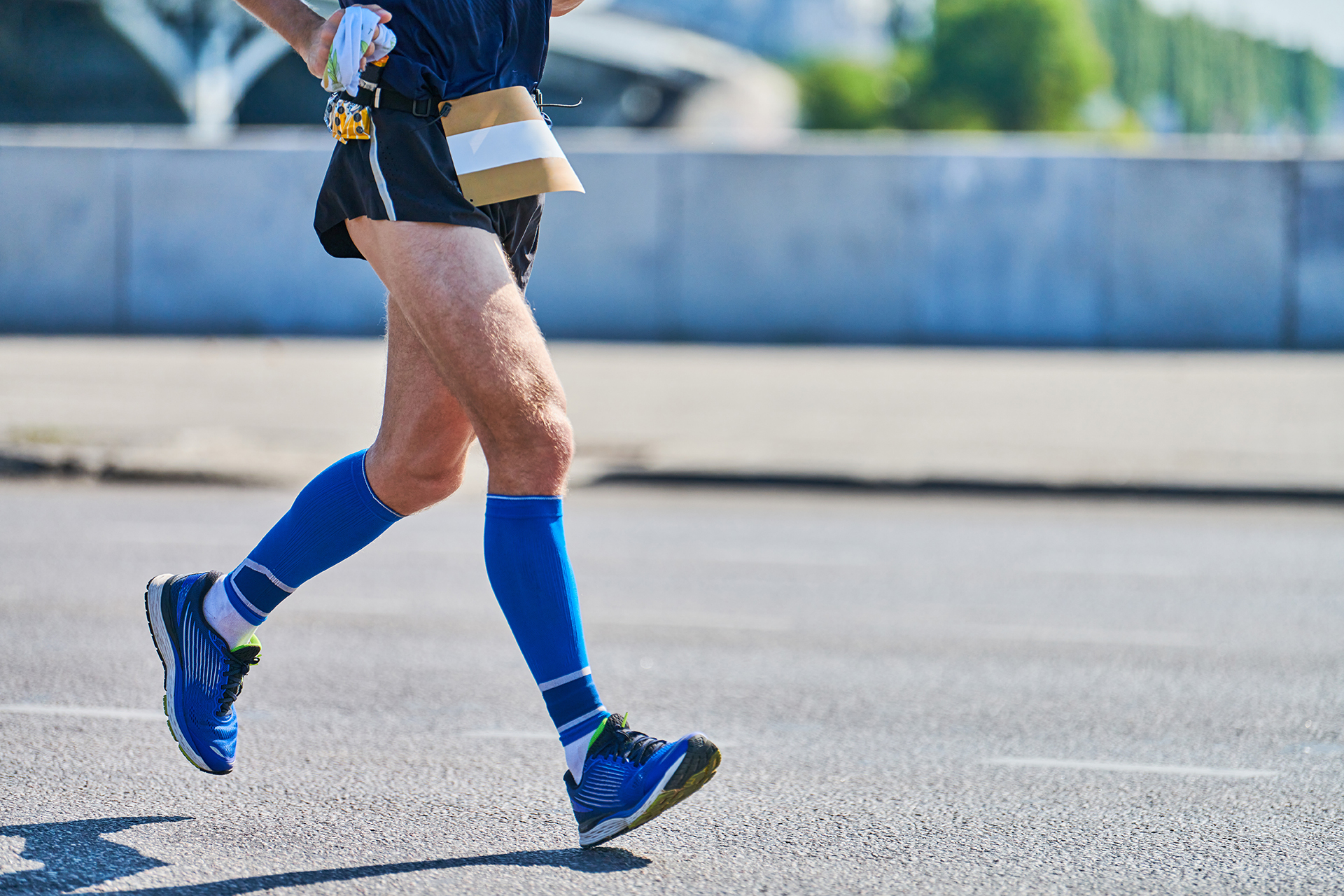
Tibia Bone Pain
The tibia, also known as the shin bone, bears most of your body weight while running. This long bone connecting your knee to your ankle endures tremendous forces, which can go up to three times your body weight with each stride.
When this delicate balance is disrupted due to overtraining, biomechanical irregularities, or improper footwear, the tibia responds to inflammation, stress reactions, or even stress fractures—that characteristic tibia pain when running stops you in your tracks.
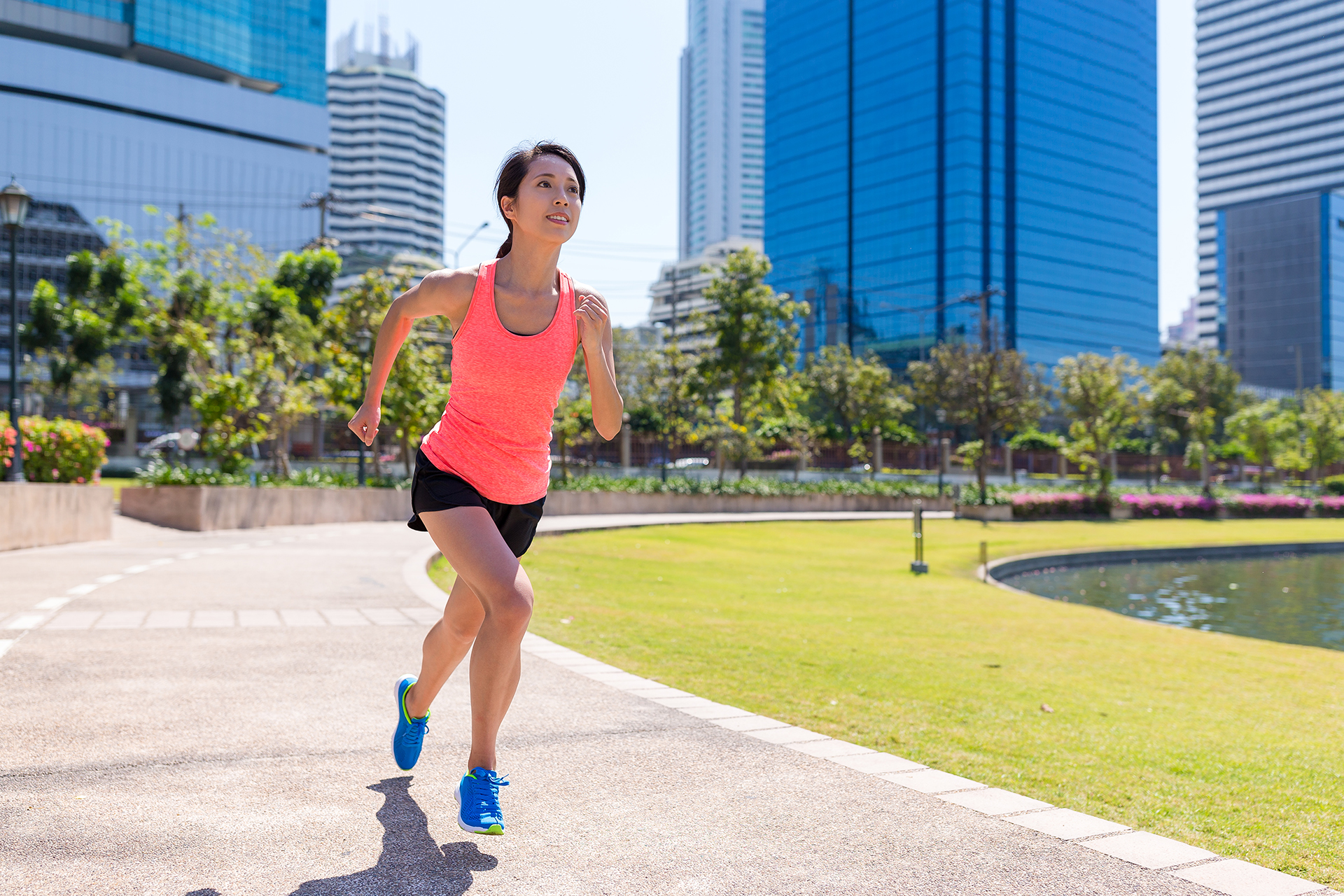
Causes of Tibia Bone Pain
Tibia pain can originate from various sources, but repetitive stress on the tibia bone is the most common cause. Activities involving high impact, such as running, dancing and military training, place significant stress on the tibia, thereby increasing the risk of pain and injury.
Poor foot mechanics, such as flat feet or weak ankle muscles, can exacerbate this stress and inadequate footwear that fails to provide proper support and cushioning. Medial tibial stress syndrome, a type of shin splint, affects the inner part of the tibia and is often caused by running on hard surfaces or wearing unsupportive shoes.
While the traditional RICE (Rest, Ice, Compression, Elevation) method temporarily relieves tibia bone pain after running, it only addresses symptoms, not the underlying causes. The Foot Practice takes a holistic view of tibia bone pain and running, prioritising sustainable recovery by examining the entire kinetic chain, from your feet to your hips and beyond.
Many runners treat tibia pain as an isolated issue. They don’t realise that tibia pain is often just the symptom of broader biomechanical inefficiencies that need a multi-faceted approach. This holistic philosophy underpins the podiatric management of tibia pain. The integration of technology with hands-on techniques provides runners with a pathway not only to recovery but also to improved performance.
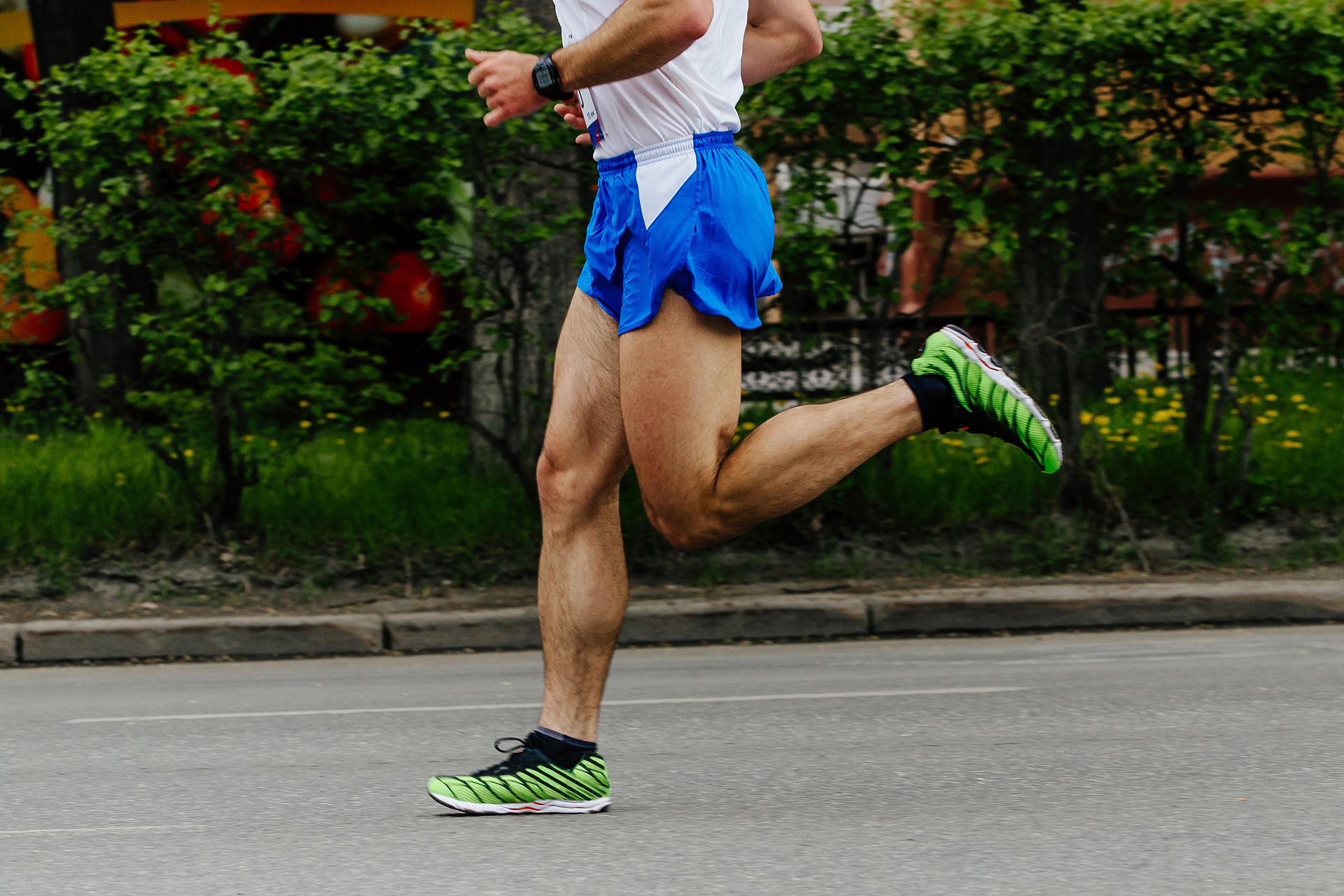
Precision Diagnosis and Treatment Options for Tibia Pain After Running
Effective management of tibia bone pain after running requires a precise diagnosis. At The Foot Practice, we use dynamic assessment tools, such as the RehaWalk® pressure sensor treadmill, to assess your condition accurately. This technology captures thousands of data points while running and transforms simple observation into scientific analysis.
The RehaWalk system visualises pressure patterns throughout the gait cycle, allowing us to chart exactly when abnormal forces affect the tibia to target our interventions.
During assessment, runners perform their normal stride while sensors map pressure distribution across the foot. This reveals crucial information about pronation patterns, stride asymmetries and impact forces, all of which are potential causes of tibia pain. This data forms the basis of customised treatment plans that address each runner’s unique biomechanical signature.
Following this, we will conduct a footwear assessment to evaluate your current trainers and their suitability for your foot type and running style. When combined with RehaWalk data, our podiatrists can make evidence-based footwear recommendations with specific stability features, cushioning properties or heel-to-toe drops that match your unique biomechanics.
Custom orthoses provide biomechanical correction to redirect forces away from the tibia, thereby reducing stress on the joint. Unlike off-the-shelf inserts, prescription orthoses are custom-made based on detailed assessments, utilising data from the RehaWalk. They can help control excessive pronation, compensate for leg length discrepancies, or provide cushioning at specific high-pressure zones.
Mobilisation exercises can tackle restricted mobility in ankle joints, tight calf musculature, and fascial restrictions that cause tibia pain. Rather than generic stretching routines, our podiatrists will prescribe specific exercises tailored to your condition.
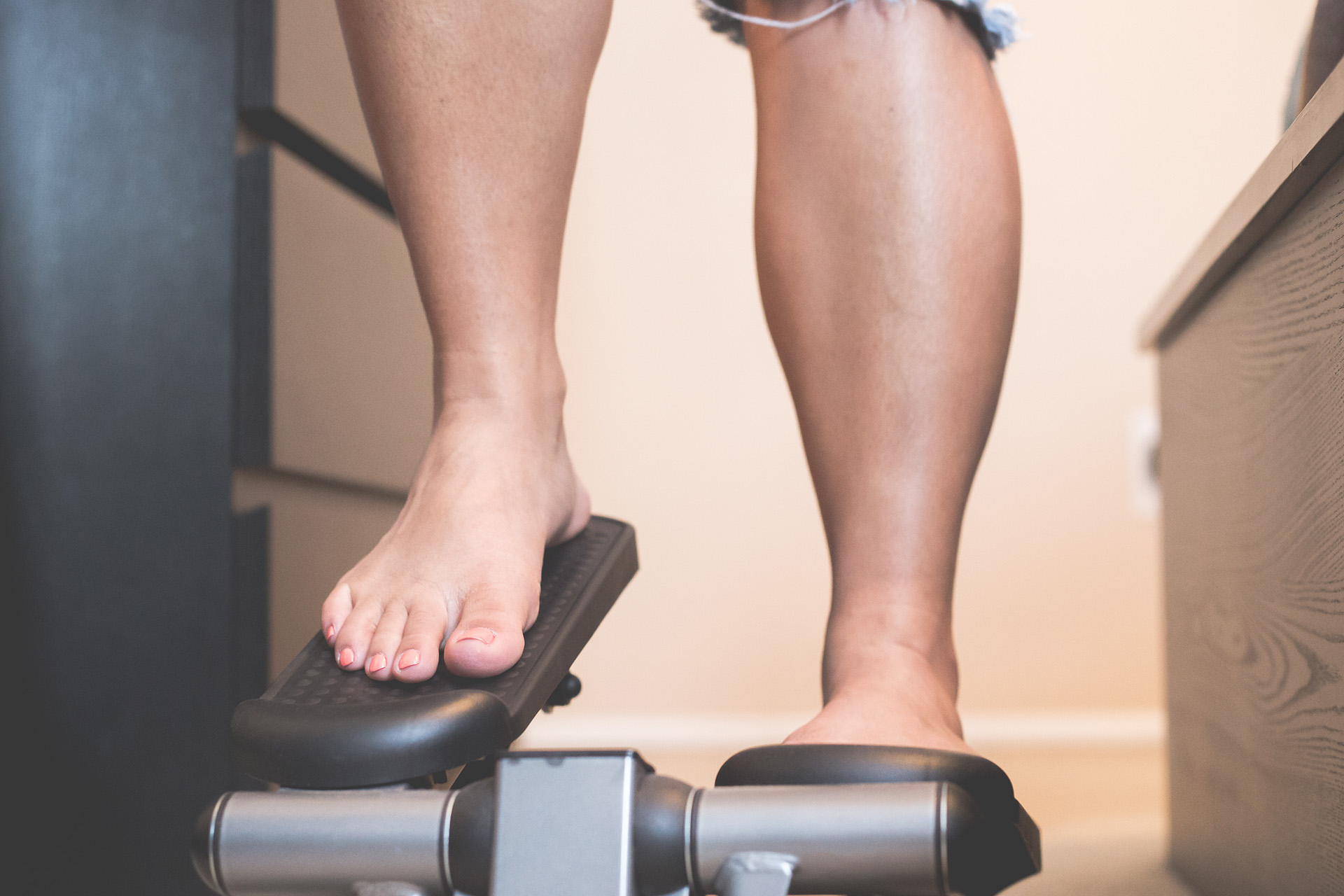
Shockwave Therapy Breaks the Pain Cycle of Tibia Bone Pain
For persistent cases of tibia pain after running that don’t respond to conventional interventions, Shockwave Therapy is a noninvasive treatment that has helped many. This therapy delivers acoustic pressure waves to affected tissues, increasing blood flow, reducing inflammation, accelerating tissue regeneration, and stimulating healing at the cellular level.
Shockwave Therapy can be particularly effective for stubborn cases of tibia pain where inflammation has become chronic. When combined with biomechanical corrections identified through gait analysis, Shockwave Therapy simultaneously addresses symptoms and their underlying causes.
The precision of Shockwave Therapy applications has improved dramatically with the integration of pressure-mapping technologies. By identifying specific areas of abnormal loading through RehaWalk assessment, practitioners can target shockwave treatment to the exact tissues experiencing excessive stress, maximising therapeutic effectiveness while minimising treatment sessions.
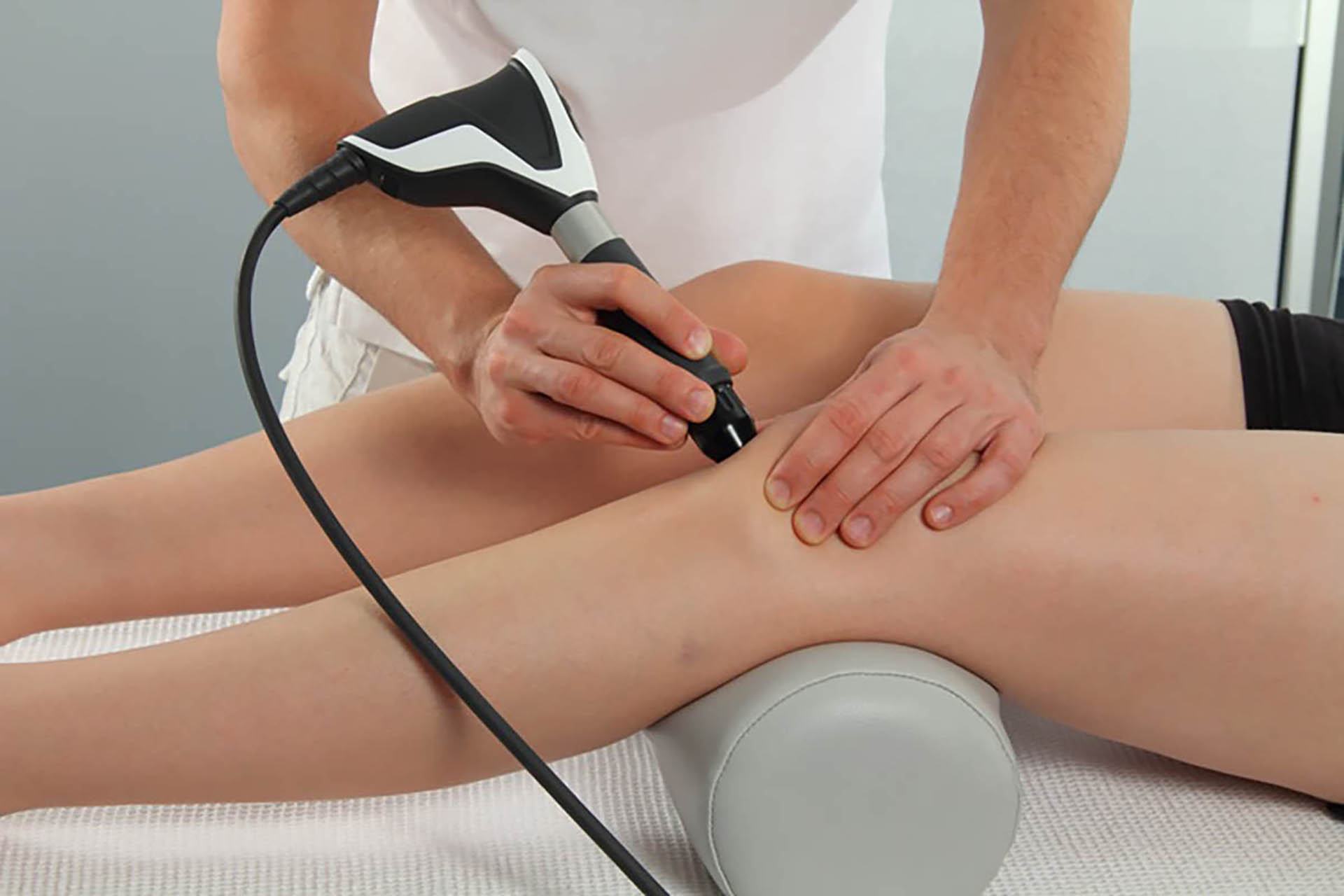
Cross-Training for Runners
Cross-training may be the solution if you’re wondering how to best prevent tibia pain after running. Working across different sports, such as cycling, swimming or strength training, can improve cardiovascular fitness and strengthen various muscle groups. This offers many benefits for injury prevention and overall performance enhancement. Strength training can improve running technique and reduce injury risk by strengthening the lower leg, hip, and core muscles.
Incorporating cross-training into a running programme enhances overall fitness and allows runners to perform at their best while minimising the risk of injury.
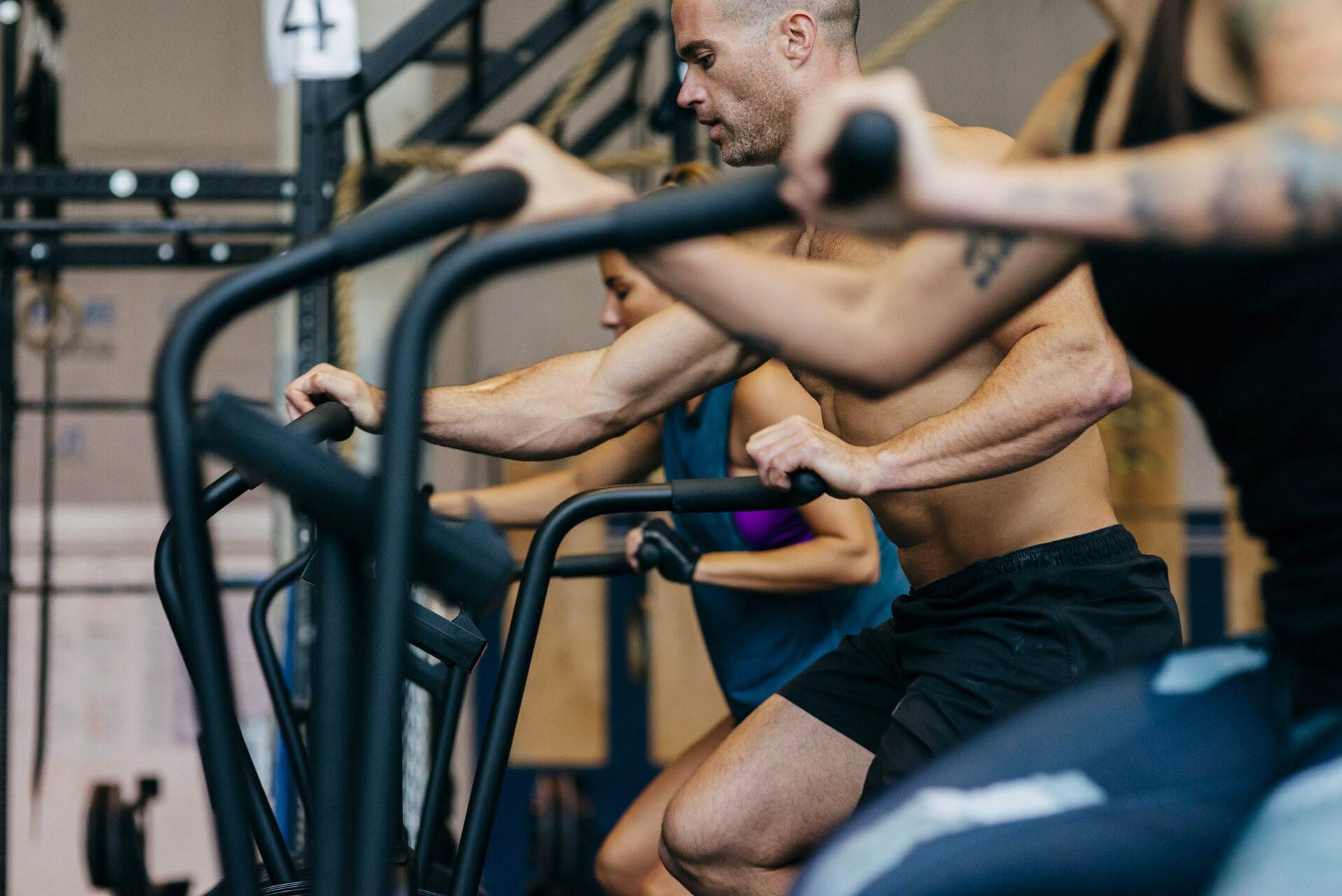
See a Foot Specialist for Your Tibia Bone Pain after Running
Get back to running pain-free with this holistic approach. We address the biomechanical factors that contribute to tibia pain during running. Book an appointment at The Foot Practice today.

